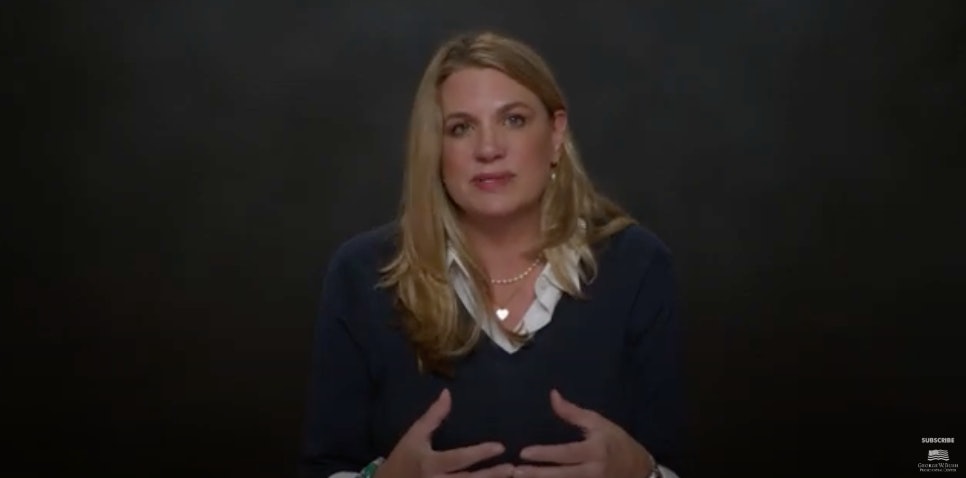Title 42 is the controversial public health guidance that closed the U.S.-Mexico border to most migrants, including those requesting asylum protection.
The CDC announced it will end Title 42 on May 23, the controversial public health guidance that closed the U.S.-Mexico border to most migrants, including those requesting asylum protection.
Title 42 is public health policy masquerading as immigration policy.
-
- It decreased border security by lessening the penalties for migrants caught crossing the border. Additionally, repeat crossers didn’t face increasing penalties each time they were caught, incentivizing them to cross again and again.
-
- It restricted access to asylum for those needing it and made the journey seeking U.S. protection more dangerous. Since ports of entry were closed, many desperate for refuge paid smugglers to help them cross the border.
Why it matters: Ports of entry will open again to migrants requesting asylum and anyone caught crossing the U.S.-Mexico border between ports of entry will be processed, and potentially detained and removed, under regular immigration law (Title 8).
There may be a temporary increase in unauthorized crossings, but processing these migrants under regular Title 8 decreases the chance they will try to cross again because the penalties are higher.
Bottom line: Effective border policy balances security, orderly processing, and humane treatment. Ending Title 42 at the border is the right thing to do, but it is not enough. Congress must seriously consider nimble legislative solutions to improve border security and the legal immigration system. We can effectively manage the migrants who seek asylum at our border, but we must be willing to use multiple proven tools rather than ineffective ones.






























